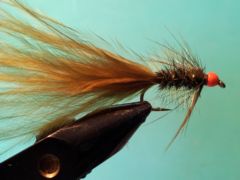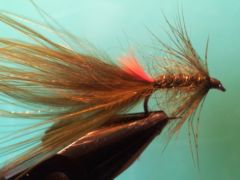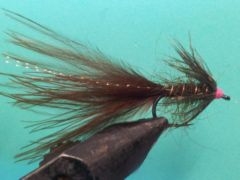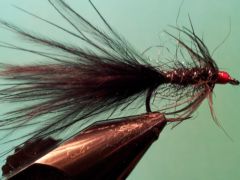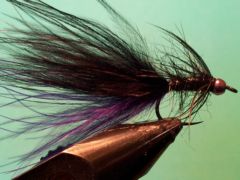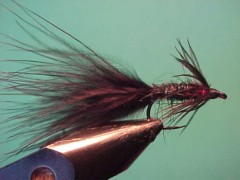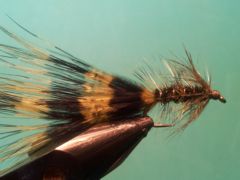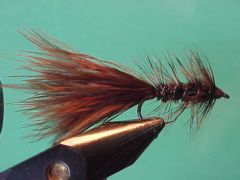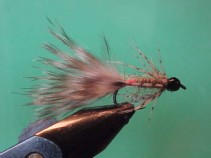BH olive damsel bugger
At different times of the year you will start to see swallows dipping on the water feeding on midge. This is the time to start thinking about fishing either damsel buggers or olive woolly buggers because unfortunately for the midge it’s not only swallows that have them on their menu it’s also carnivorous damsel nymphs. Damsel nymphs come in a range of colours ranging from dull browns through to light and dark olives.

